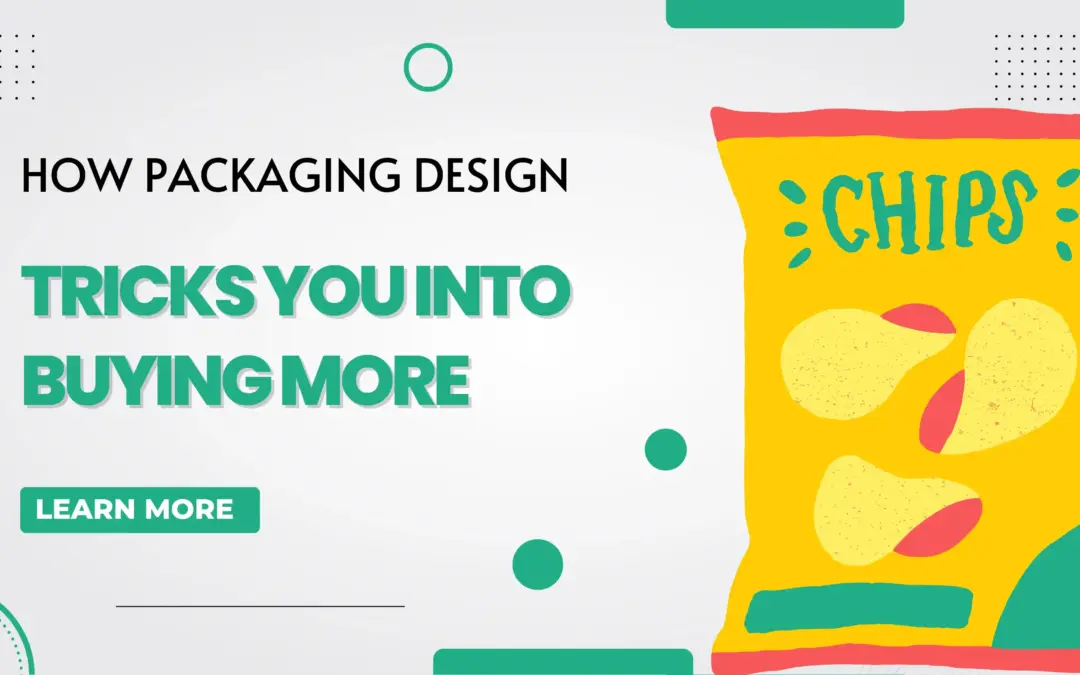Have you ever grabbed a product off the shelf because of the irresistible feel of the packaging, only to later wonder why you did? You’re not being impulsive; you’re being influenced. Brands invest millions in packaging design tricks that play with psychology, perception, and even FOMO (fear of missing out). Deuglo believes smart shoppers should know these tricks. So let’s break them down with real-world examples.
How Packaging Design Tricks You Into Buying More (Without You Realizing It!)
1. The Psychology of Colors
Colors don’t just look pretty—they manipulate your brain.
- Red & Yellow = Hunger triggers (McDonald’s, Lay’s, and Domino’s use this combo to make you crave fast food).
- The color green signifies “Natural” or “healthy” (even if the product is loaded with sugar, like Kellogg’s Honey Loops in green boxes).
- Black & Gold = Instant “luxury” (Cadbury’s Silk packaging makes you think it’s fancier than regular chocolate).
Real Example:
Ever noticed how Maggi noodles use bright red and yellow? It’s not random—those colors stimulate appetite and urgency.
2. “Looks Bigger Than It Is” Illusion
That family-sized chips bag? Half of it is air.
- Slack Fill: Extra space inside packaging (common in chips, biscuits, and cosmetics).
- Tall & Thin vs. Short & Wide: A tall shampoo bottle often holds the same amount as a short, stubby one—but looks bigger on the shelf.
How to Spot It:
Always check the net weight (grams/ml) instead of judging by package size.
3. Fake “Limited Editions” & Urgency
- “Only 3 Left in Stock!” → Usually a tactic, not reality.
- Festive Packaging (Diwali sweets, Christmas chocolates) → Same product, new wrapper, 20% higher price.
Real Example:
Starbucks’ Pumpkin Spice Latte comes back every year as a “limited edition”—yet it’s always available for months.
4. Hidden Premium Pricing
Fancy textures, metallic foils, or minimalist designs make you think: “This must be high quality.”
- Lays American Style Cream & Onion (premium black bag) vs. regular Lays—same taste, higher price.
- Mineral water bottles with “mountain” designs feel purer, even if it’s just tap water.
Pro Tip: Compare price per unit (₹/gram or ₹/ml) instead of the package cost.
5. Child-Targeted Tricks
Cartoon characters, bright colors, and “collectible” toys inside make kids nag their parents.
- Kinder Joy = Toy + chocolate = instant kid magnet.
- Cerelac boxes with baby animals make parents think it’s “gentler.”
Fun Fact: Even adult brands use this—Glucon-D uses superheroes to appeal to kids (and nostalgic adults).
How to Shop Smarter
Flip the Package: Ingredients and weight matter more than flashy designs.
Eye-Level = Expensive: Supermarkets place pricier items at eye level—check top and bottom shelves.
Ask Yourself: “Would I buy this if it came in a plain white box?”
We believe packaging should inform, not deceive. Next time you shop, look beyond the glitter, your wallet will thank you!

